Search Results
12 results found for ""

In the unpredictable world of software development, failures like network glitches or transient errors can derail your Python applications— but what if you could make them more resilient? This comprehensive guide dives into implementing robust retry mechanisms, complete with practical code examples and best practices, to ensure your apps handle errors gracefully and maintain high reliability. Whether you're building APIs, data pipelines, or real-time systems, mastering retries will elevate your Python programming skills and prevent costly downtimes.

Learn how to accelerate CPU-bound workloads in Python using the multiprocessing module. This practical guide walks you through concepts, runnable examples, pipeline integration, and best practices — including how to chunk data with itertools and optimize database writes with SQLAlchemy.

Dive into the Strategy Pattern, a powerful behavioral design pattern that promotes cleaner, more maintainable Python code by encapsulating algorithms and making them interchangeable. In this comprehensive guide, you'll learn how to implement it step-by-step with real-world examples, transforming rigid code into flexible architectures that adapt to changing requirements. Whether you're building e-commerce systems or data processing pipelines, mastering this pattern will elevate your Python programming skills and help you write code that's easier to extend and test.

Explore advanced, real-world ways to apply Python's built-in functional tools — **map**, **filter**, and **functools.reduce** — to write concise, expressive, and high-performance data transformations. This post walks you from core concepts to production-ready patterns, including multiprocessing, serverless deployment with AWS Lambda, and testing strategies using pytest.
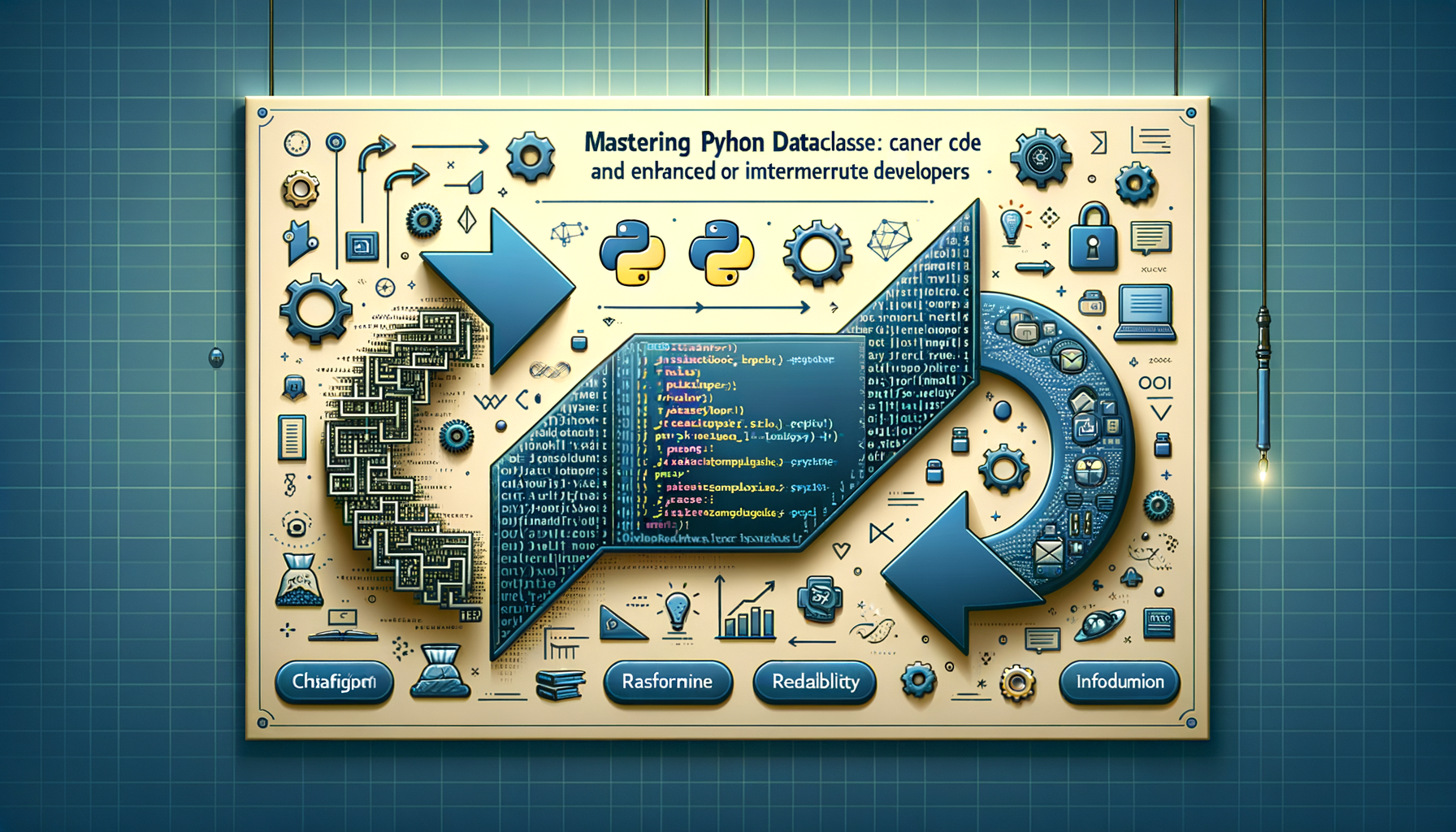
Tired of boilerplate code cluttering your Python classes? Discover how Python's dataclasses module revolutionizes data handling by automatically generating essential methods, leading to cleaner, more readable code. In this comprehensive guide, you'll learn practical techniques with real-world examples to elevate your programming skills, plus insights into integrating dataclasses with tools like itertools for efficient operations—all while boosting your code's maintainability and performance.
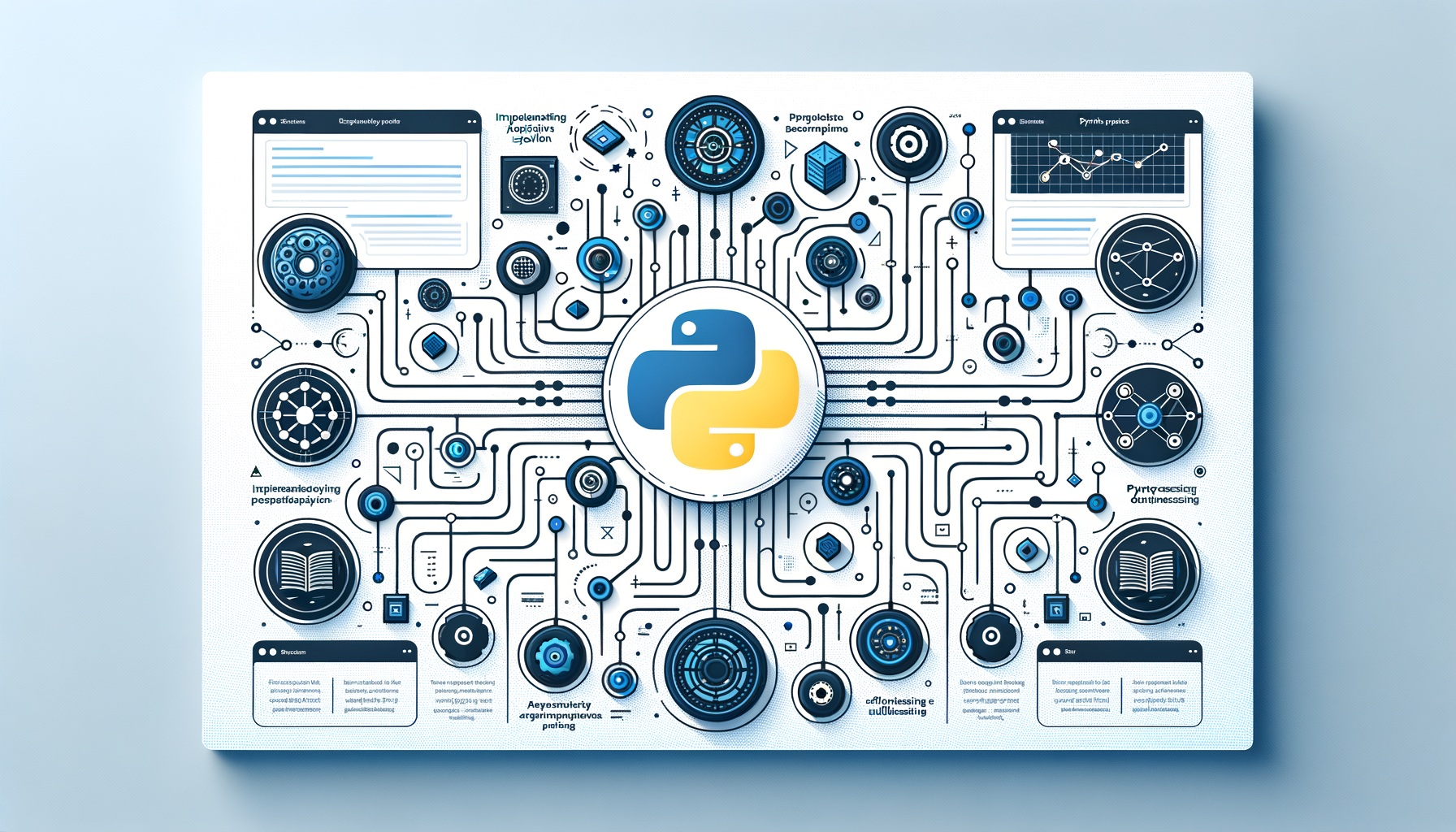
Dependency Injection (DI) helps decouple components, making Python applications easier to test, maintain, and scale. This post explores DI concepts, patterns, and practical examples—including multiprocessing and Plotly/Dash dashboards—so you can apply DI to real-world projects with confidence.

Dive into the world of Continuous Integration and Continuous Deployment (CI/CD) for Python projects and discover how to streamline your development workflow. This comprehensive guide walks you through key tools like GitHub Actions and Jenkins, with step-by-step examples to automate testing, building, and deploying your Python applications. Whether you're an intermediate Python developer looking to boost efficiency or scale your projects, you'll gain practical insights to implement robust pipelines that ensure code quality and rapid iterations.
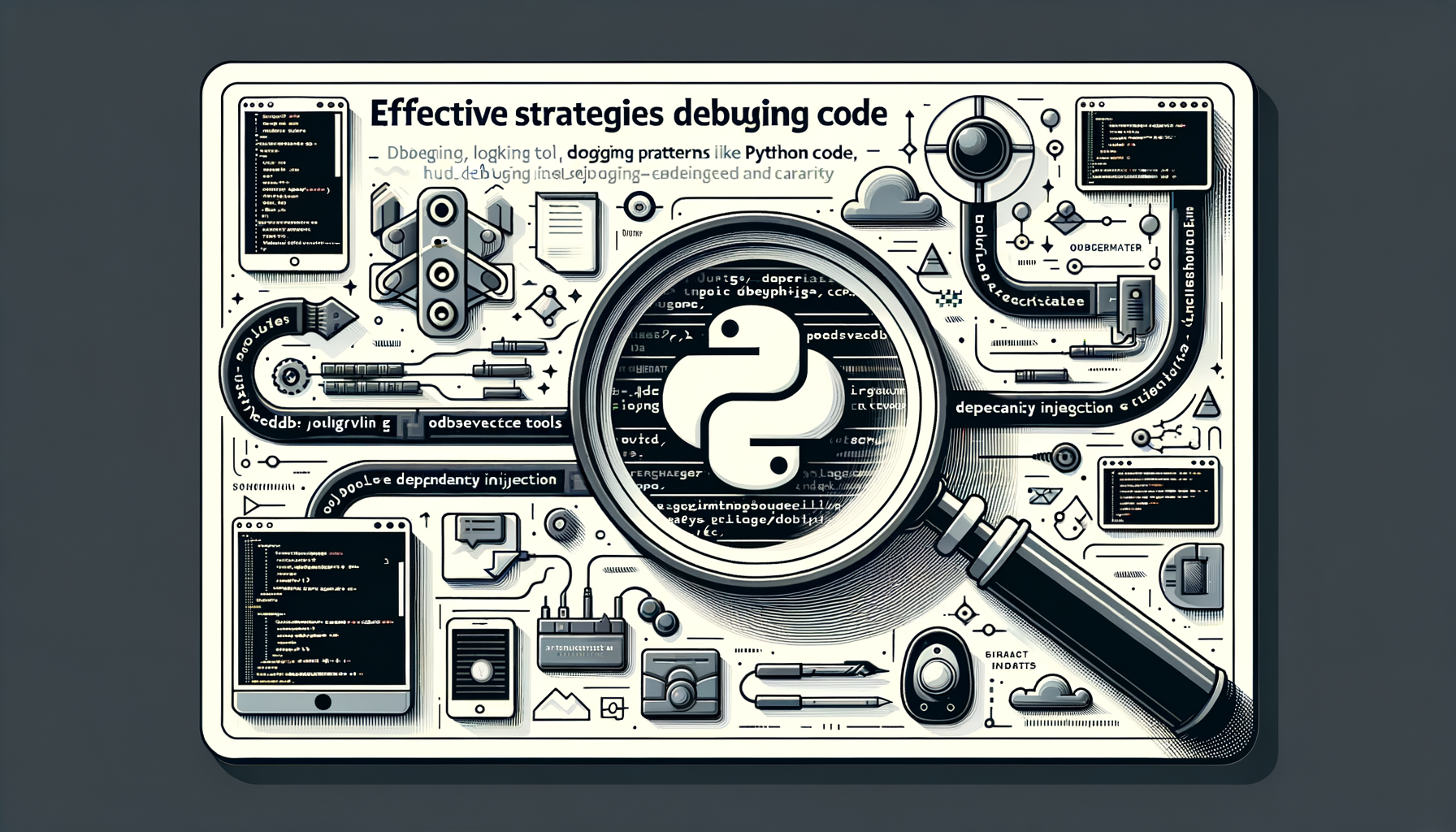
Debugging is a craft—one that combines the right tools, disciplined approaches, and repeatable patterns. This guide walks intermediate Python developers through practical debugging strategies, from pdb and logging to profiling, memory analysis, and test-driven diagnostics. Learn how design patterns (Observer), dependency injection, and dataclasses make your code easier to reason about and debug.
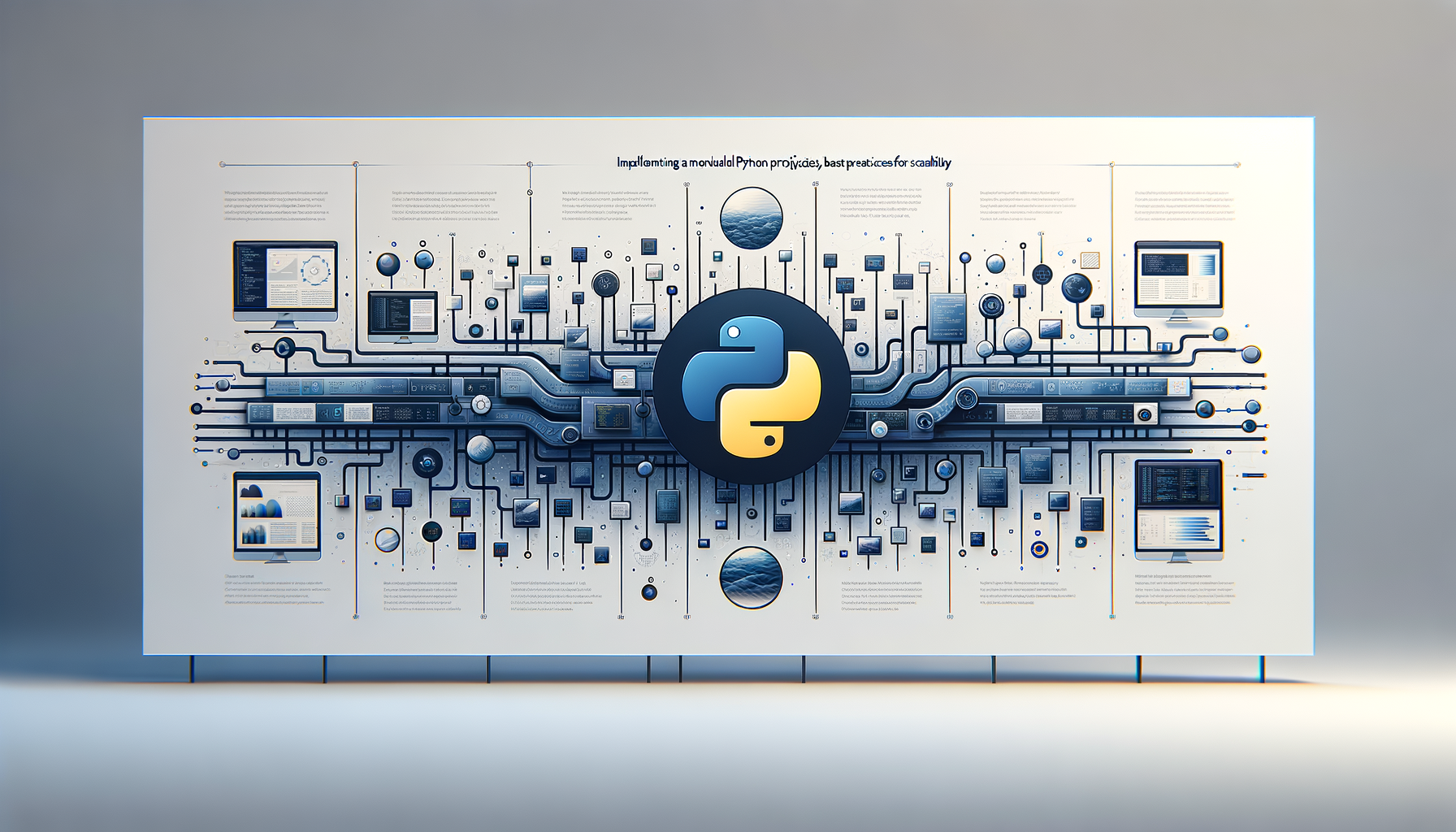
Learn how to design a modular Python project structure that scales with your team and codebase. This post walks you through practical layouts, dataclass-driven models, unit testing strategies, and how to plug a Plotly/Dash dashboard into a clean architecture — with ready-to-run code and step-by-step explanations.
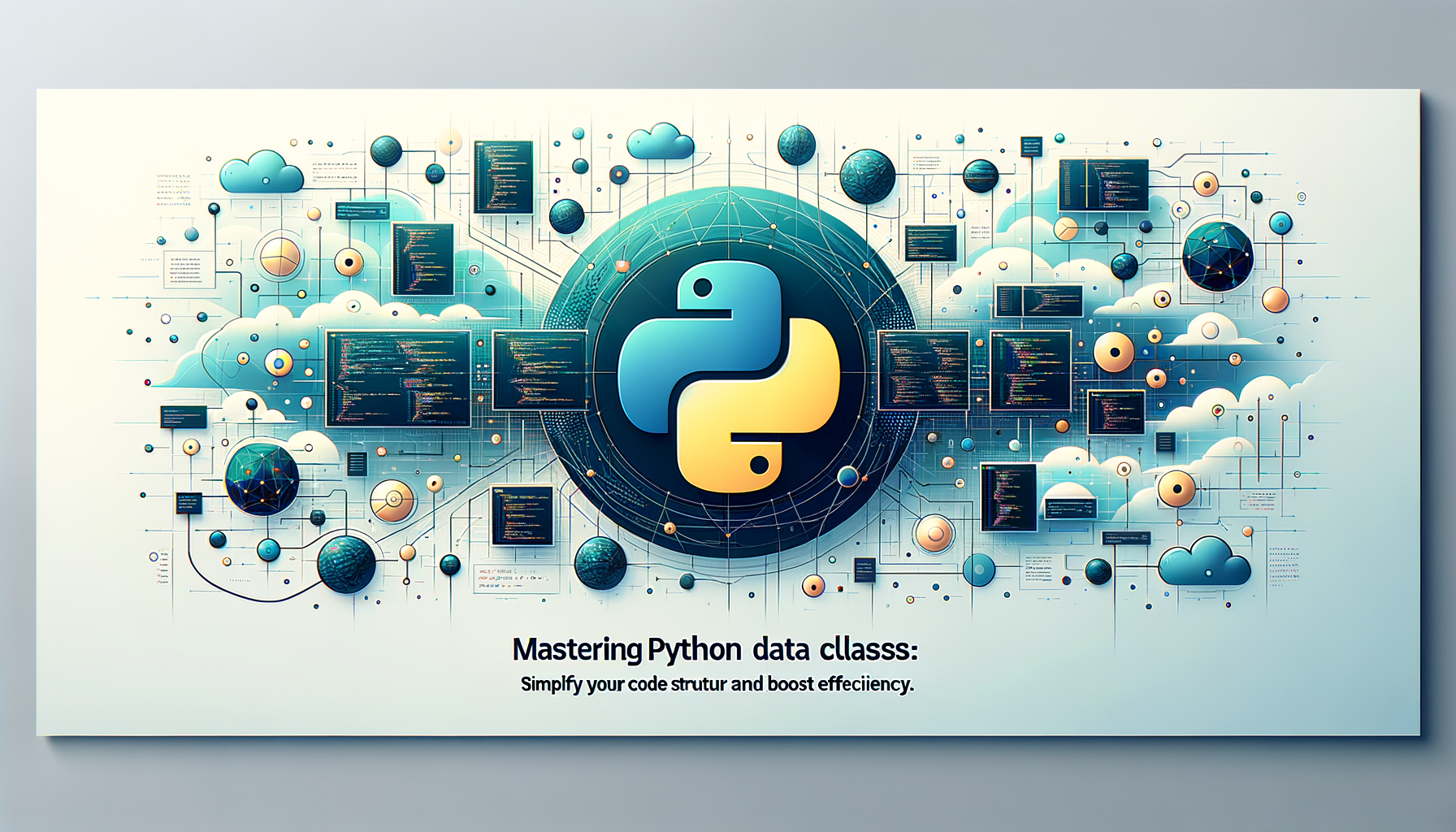
Dive into the world of Python's data classes and discover how they can transform your code from verbose boilerplate to elegant, maintainable structures. In this comprehensive guide, we'll explore the ins and outs of the `dataclasses` module, complete with practical examples that demonstrate real-world applications. Whether you're an intermediate Python developer looking to streamline your data handling or aiming to write cleaner code, this post will equip you with the knowledge to leverage data classes effectively and avoid common pitfalls.
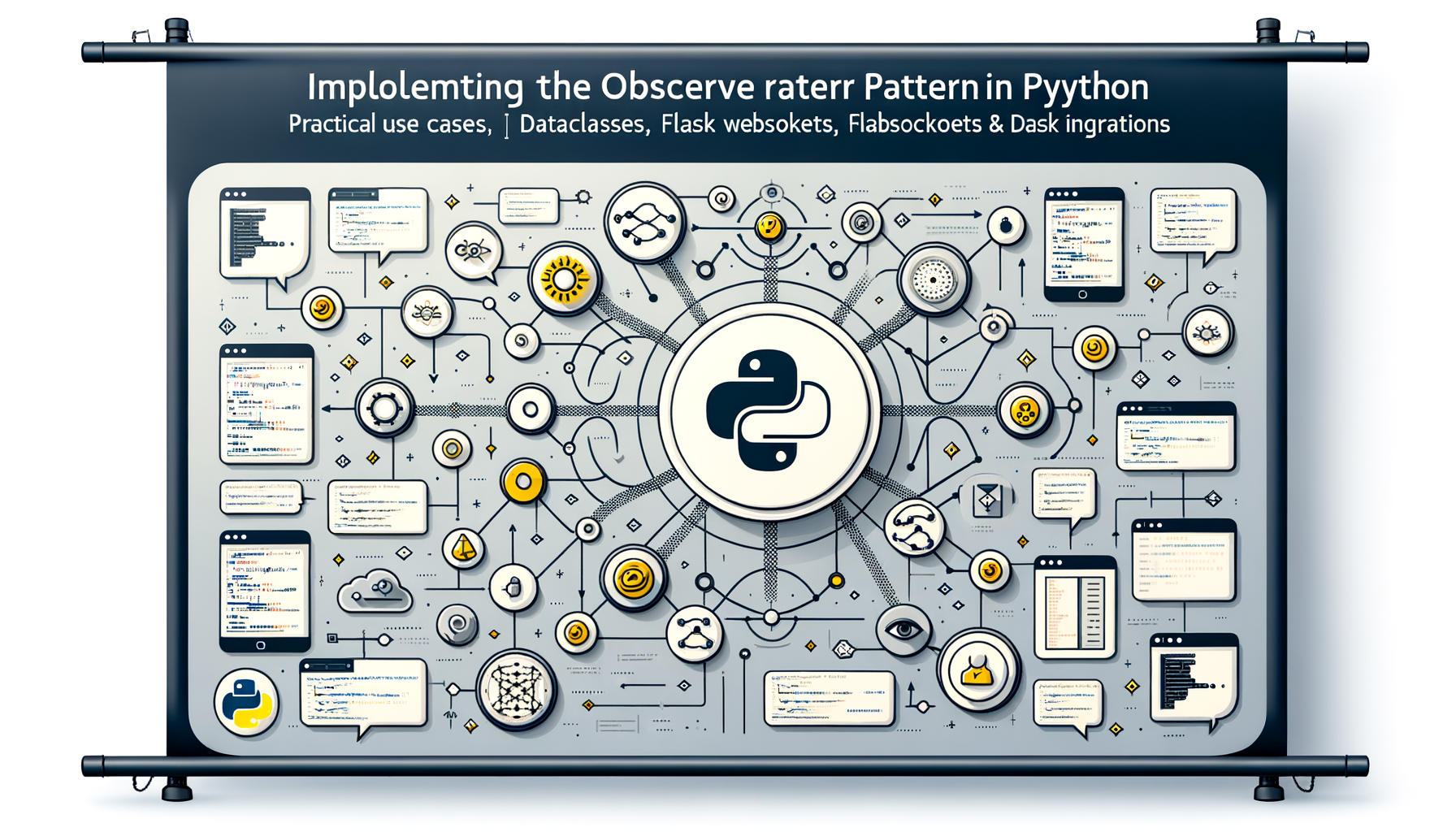
Learn how to implement the **Observer pattern** in Python with clean, production-ready examples. This post walks through core concepts, thread-safe and dataclass-based implementations, a real-time chat example using Flask and WebSockets, and how to hook observers into Dask-powered pipelines for monitoring and progress updates.

Unlock the power of custom exceptions in Python to make your code more robust and expressive. In this comprehensive guide, you'll learn how to create tailored error-handling mechanisms that enhance debugging and maintainability, complete with real-world examples and best practices. Whether you're building libraries or validating data, mastering custom exceptions will elevate your Python programming skills to the next level.